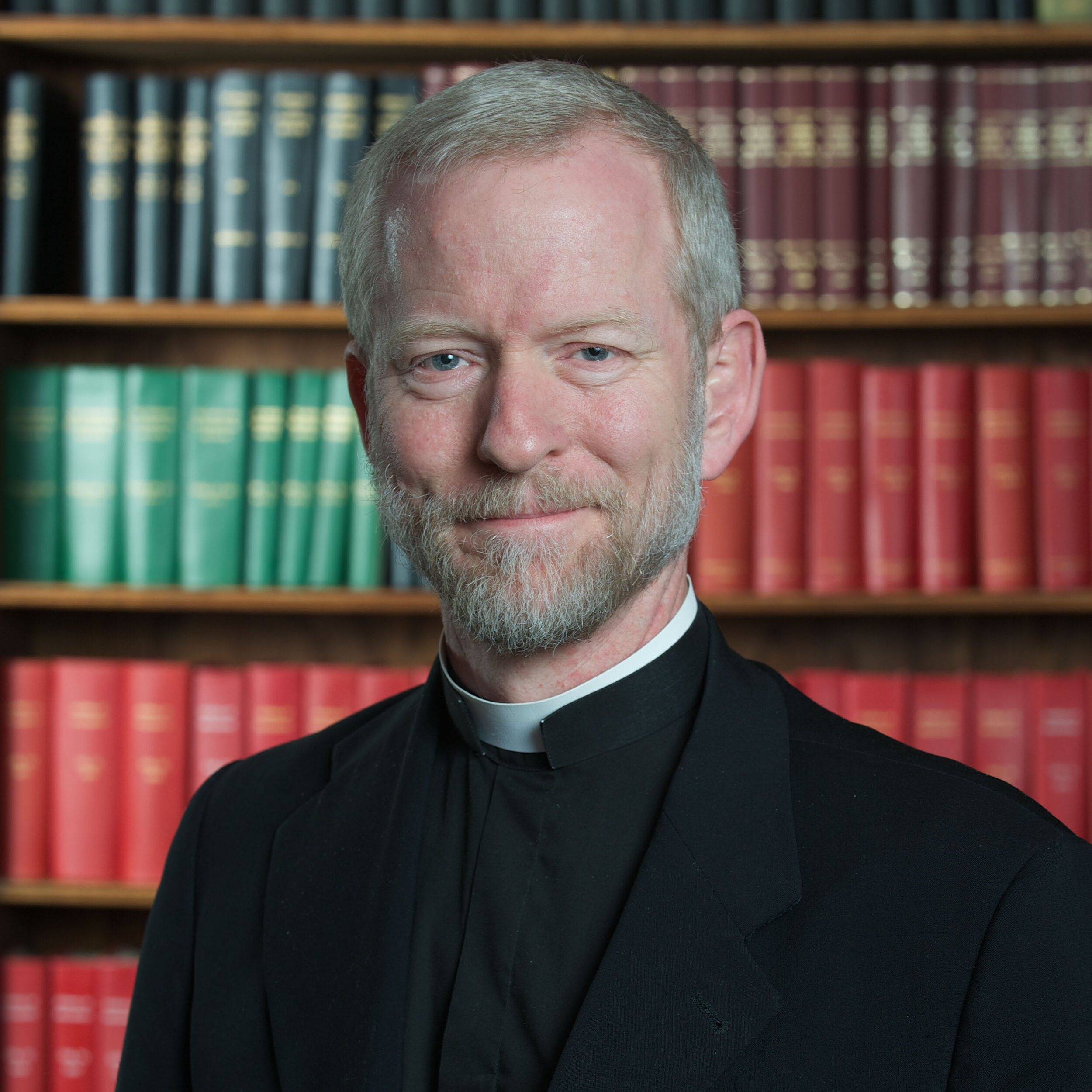Making Sense of Bioethics: Column 035: Fire in the Clinic!
One argument that is often made to justify destroying human embryos for research begins like this: Suppose there is a fire in a fertility clinic. You are the only adult present in the clinic, and there is a newborn baby in a crib, resting next to a tank of liquid nitrogen with 5,000 frozen embryos. You can save only one of them before the place burns down -- which would you choose?
Only the most passionate and radical extremist, so the argument goes, would save the container with the embryos instead of the newborn baby. This seems to demonstrate what advocates of embryonic stem cell research have been saying all along, namely, that embryos are, in fact, “worth less” than born children, so that killing embryos cannot be seen as being on the same moral level as killing children. Embryo destruction, they conclude, poses no real moral problem if they are killed for research to benefit others.
Yet it is clear that this argument fails to justify what it proposes.
We can see this by modifying the storyline slightly. Imagine three beautiful baby sisters who were just born, lying together and sleeping in the same hospital bed. The father of these girls is in the waiting room down the hall. In another bed next to the girls is their mother, unconscious and recuperating from surgery. The father is the only person in the hospital ward, when suddenly a massive fire flares up. He runs down the hallway to rescue his family, but he can only choose one bed to roll out of the ward before the fire completely engulfs the room and makes it impossible to rescue anyone else. If he chooses to rescue his wife, rather than his three daughters, does that mean there is any meaningful moral distinction between his daughters and his wife, that one is “less human” than another? Does that in any way imply that he would accept the idea of his daughters being experimented on by researchers or sacrificed for science? Certainly not. The fact that he chose to save his wife might rather indicate that because he had spent a lot of time with her over the years, he was more emotionally attached to her, knowing instinctively the sound of her voice, and the great value of their lifelong friendship. It says nothing about how valuable his daughters really are, even to their own dad. For the case of the embryos who might get left behind, the same is true: rescuing the infant says nothing about the embryos’ intrinsic worth and dignity, because the rescuer may first be reacting to what is most familiar to him, namely, the newborn baby.
As a priest and bioethicist, I often am asked the awkward question of what parents should do with their “leftover” embryos following in vitro fertilization. Parental anguish and guilt are almost palpable in our conversations as they struggle to figure out a way to liberate their own children trapped in these frozen orphanages. Having personally met a number of such parents, I am convinced that some of them, if they had to “face the fire”, might well choose their own embryos over somebody else’s newborn. The “family connection” runs deep, and I have even spoken with men who responded that for the case of their three daughters vs. their wife, they would stay in the clinic trying to save the whole family, even if it meant they would all end up perishing in the flames.
When it comes to a flash decision, then, as the fire rages in the clinic, this hypothetical case misses the essential question of what our moral obligations really are towards the human embryo. Instead, we are facing a hopelessly artificial and improbable triage situation, which can never be a legitimate basis for determining or deducing moral principles. In a frightening and difficult moment, it involves split-second decisions, rather than calm, principled moral reasoning.
This scenario reminds us how deriving ethical conclusions does not ultimately depend on dreaming up exasperating and unrealistic scenarios as the justification for those conclusions. The case of the fire in the clinic does remind us, nevertheless, that embryos are unfamiliar to us, so that we may react differently to them than we would to a fully formed baby. But it should also serve to remind us how embryos are not supposed to be familiar to us, and are not supposed to be in freezers in the first place, but only within the safe harbor of their mother’s womb. This classic argumentative example of the clinic fire ultimately fails to engage the question of the inestimable worth of each embryonic human.
Copyright © 2020, The National Catholic Bioethics Center, Philadelphia, PA. All rights reserved.

